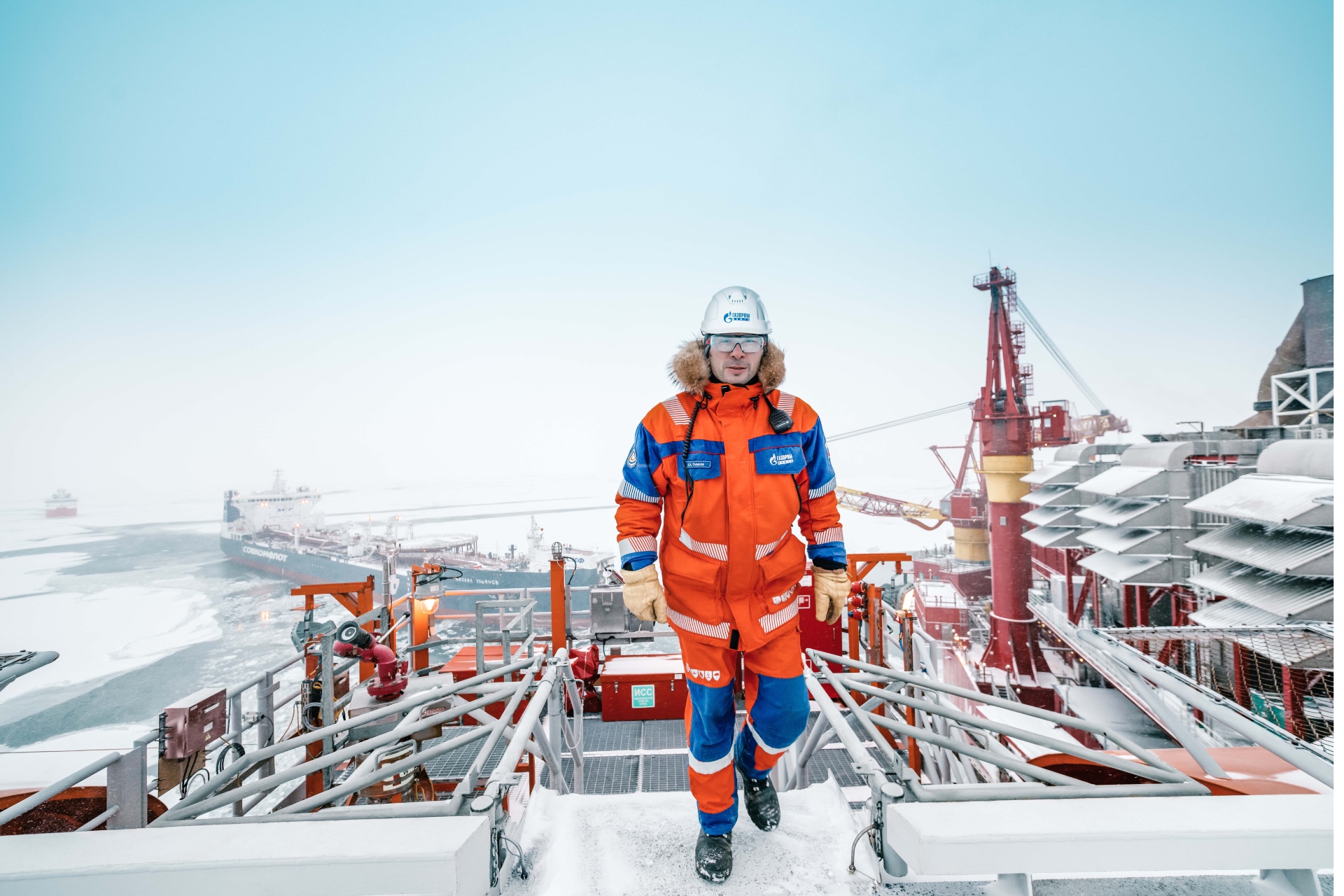Russia and China are gassing themselves, but to what extent?

Gas exports from Russia to China are on the rise, while Europe is experiencing a supply (and price) crisis. But is Moscow really "diverting" resources to Beijing? All the details
In recent weeks, given the serious crisis in energy prices that is affecting Europe in particular, the news on the flows of natural gas that Russia, through the state subsidiary Gazprom, is sending to China via the gas pipeline has been heavily commented on. Force of Siberia (also known as Power of Siberia).
THE CONTRACT BETWEEN RUSSIA AND CHINA
In this regard, on 14 December Gazprom announced that in the months of November and December the supplies to China passing through the pipeline in question were "significantly" above the agreed contractual volumes. In fact, in 2014, Gazprom and the Chinese oil company CNPC signed a thirty-year gas purchase agreement for 38 billion cubic meters of gas. Deliveries began at the end of 2019, with the entry into operation of the Siberian Force.
It is unclear how much the increase in gas exports to China in the last two months amounted to – about a third more, but Gazprom did not specify this.
THE GAS FLOWS
More recently, on December 20, the official Russian news agency TASS released data on gas exports to China via pipelines in the first eleven months of 2021: they reached 6.6 million tons, an increase of 2, 9 percent compared to the same period the year before.
But the first gas supplier (via pipelines) of Beijing remains clearly Turkmenistan, with 21.9 million tons in the period January-November 2021; followed by Russia and then Kazakhstan with 4 million tons. If liquefied gas (via methane tanker) is included, imports from Australia amounted to 28.5 million tons, those from the United States of 8 million and those from Qatar of 7.8. From January to November, Moscow exported 4.1 million tons of liquefied gas to the People's Republic.
STRENGTH OF SIBERIA 2
In addition to the Forza di Siberia pipeline, Russia and China are also discussing a second line, called the Forza della Siberia 2 (Power of Siberia 2 or Altai pipeline). Unlike the first, which starts from Yakutia, in eastern Siberia, Power of Siberia 2 would start from fields in western Siberia.
The project is far from conclusion: a feasibility study has been launched which, according to Russian President Vladimir Putin, should be completed within a few weeks.
BECAUSE RUSSIA AND CHINA ARE NOT BEST FRIENDS
The economic contacts between Russia and China are often overestimated and taken as a symbol of an alleged strategic alliance that in reality does not exist and cannot exist. The two countries have certainly come very close in recent years, but it is a relationship built not on mutual trust but on common hostility towards the United States.
The relationship between Beijing and Moscow is not even an equal relationship but clearly unbalanced on the part of the former, which has a much larger economy, a higher global projection and also spends more on defense. Even the military balance, therefore, could change soon.
What makes the alliance impossible is the fact that Chinese interests overlap with Russian ones in two areas considered fundamental by the Kremlin: Central Asia and the Arctic. The presence immediately beyond the border of such a powerful and assertive neighbor, which also has hegemonic ambitions, is seen by Moscow as a geopolitical concern. In short, the partnership between Russia and China is not destined to last long: it satisfies immediate, not strategic, needs.
CHINA AND EUROPE
For Russia – as the Japan Times writes well – China is above all a market for gas, not too different from Europe. In this regard, in 2020, despite the pandemic, the European Union consumed 394 billion cubic meters of gas. In the same year, Chinese consumption was around 320 billion.
However, the Japan Times writes that by 2030 China will bring gas consumption to 526 billion cubic meters per year due to the reduction in coal-fired capacity, which is more emissive. Even if it will boost domestic production, the country will see an increase in dependence on foreign purchases. Just like Europe (discovered, however, on the internal side).
The Japanese newspaper writes that, once the second section is also completed, the Forza di Siberia pipeline will have a total capacity of 88 billion cubic meters. If the volumes imported from China in 2030 were to be around 200 billion cubic meters, Russia would end up supplying it with 44 percent of the gas. It is a percentage practically equal to that held by Moscow today on the European market for this fuel.
DOES RUSSIA DIVERT GAS FROM CHINA TO EUROPE?
The increase in Russian gas exports to China, at a time of supply and price crisis in Europe, has been interpreted as a "diversion" of resources from one country to another. However, this is an imprecise reconstruction. The Siberian Force pipeline, which arrives in China, starts from Eastern Siberia. The Yamal-Europe pipeline – one of the most important to the Old Continent, and which is now operating in reverse – does indeed originate from Siberia, but from western Siberia (the Yamal peninsula).
This is a machine translation from Italian language of a post published on Start Magazine at the URL https://www.startmag.it/energia/russia-cina-gas-power-of-siberia/ on Fri, 31 Dec 2021 06:04:36 +0000.
